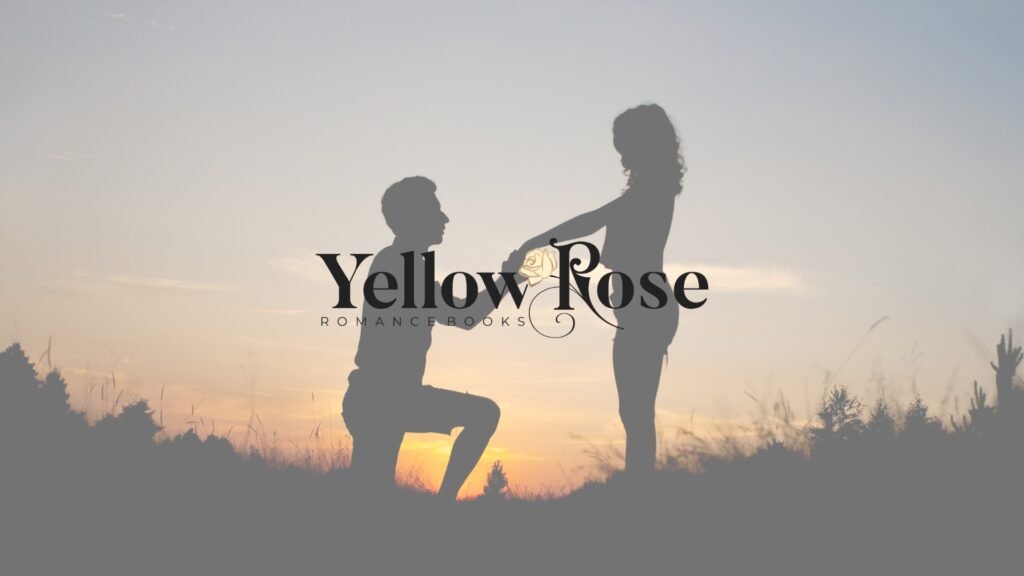The setting of a romance story plays a vital role in shaping the narrative, influencing the mood, character development, and plot dynamics. A well-chosen setting can enhance the romantic atmosphere, provide context for the characters’ actions, and serve as a metaphor for the themes of the story. Understanding how to effectively use setting can elevate a romance story, making it more immersive and engaging for readers.

Creating an Atmosphere
The setting is instrumental in creating the atmosphere of a romance story. Whether it’s the cozy warmth of a small-town café, the sophisticated elegance of a bustling city, or the enchanting allure of a historical estate, the setting sets the tone for the narrative. The physical environment can evoke specific emotions and moods that complement the romantic elements of the story.
For example, a coastal town with serene beaches and sunsets can evoke a sense of tranquility and intimacy, while a vibrant urban setting might suggest excitement and new beginnings. By carefully selecting details that highlight the sensory experiences of the setting—such as the sounds, smells, and sights—authors can draw readers into the world of the story and enhance the emotional resonance of the romance.
Reflecting and Shaping Character Development
Settings often reflect and shape the characters’ personalities, backgrounds, and growth throughout the story. Characters might be influenced by their surroundings, and their interactions with the setting can reveal important aspects of their character. For instance, a protagonist from a rural background may experience culture shock when moving to a big city, leading to personal growth and new challenges in the romantic storyline.
Settings can also serve as a backdrop for exploring characters’ inner conflicts and desires. A character’s choice of living environment, preferred places, or frequent visits to certain locations can provide insights into their values, aspirations, and emotional state. Additionally, settings can symbolize the characters’ journeys, such as moving from a confined, restrictive space to an open, liberating one, mirroring their personal transformation.
Enhancing Plot Dynamics
The setting can significantly influence the plot dynamics of a romance story. It can introduce obstacles, create opportunities, and serve as a catalyst for key events. For example, a snowstorm in a remote cabin might force characters to confront their feelings in close quarters, or a bustling city might provide anonymity and freedom, enabling characters to explore new relationships or identities.
Specific settings can also create unique plot scenarios that are integral to the romance. Historical settings, for example, can introduce elements of societal norms and expectations that characters must navigate, while fantasy or speculative settings might involve magical elements that complicate or enrich the romantic plot. By using the setting strategically, authors can add layers of conflict, tension, and resolution to the story.
Using Setting as a Metaphor
In many romance stories, the setting can function as a metaphor, reflecting the themes and emotional undertones of the narrative. For instance, a crumbling old mansion might symbolize a character’s decaying past and the need for renewal, while a vibrant garden could represent growth, fertility, and the blossoming of new love. These metaphorical uses of setting can add depth to the story and offer readers additional layers of meaning to explore.
Authors can use changes in the setting to mirror the evolution of the characters’ relationship. A shift from winter to spring, from night to day, or from a stormy sea to calm waters can parallel the progression from conflict and misunderstanding to clarity and harmony in the romantic storyline.
Conclusion
The setting is a crucial element in crafting a captivating romance story, providing more than just a backdrop for the plot. It enhances the atmosphere, influences character development, shapes plot dynamics, and can even serve as a metaphor for deeper themes. By thoughtfully integrating setting into the narrative, authors can create a rich, immersive experience that resonates with readers and brings the romance to life. Whether rooted in reality or fantasy, the setting helps to ground the story, making the characters’ journey more relatable and their love story more compelling.

